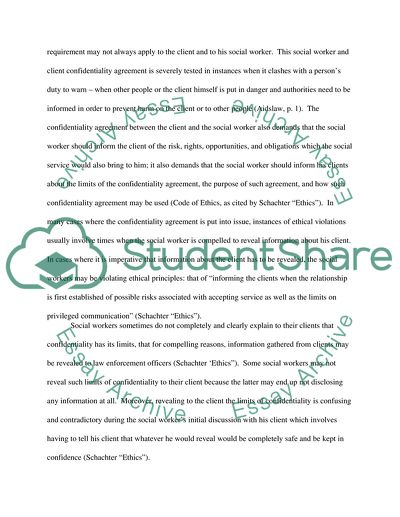Cite this document
(Ethical Issue: Under what Circumstances Should Social Workers Break Research Paper, n.d.)
Ethical Issue: Under what Circumstances Should Social Workers Break Research Paper. Retrieved from https://studentshare.org/social-science/1732698-an-ethical-issue-faced-by-practitioners-of-a-profession-of-your-choice
Ethical Issue: Under what Circumstances Should Social Workers Break Research Paper. Retrieved from https://studentshare.org/social-science/1732698-an-ethical-issue-faced-by-practitioners-of-a-profession-of-your-choice
(Ethical Issue: Under What Circumstances Should Social Workers Break Research Paper)
Ethical Issue: Under What Circumstances Should Social Workers Break Research Paper. https://studentshare.org/social-science/1732698-an-ethical-issue-faced-by-practitioners-of-a-profession-of-your-choice.
Ethical Issue: Under What Circumstances Should Social Workers Break Research Paper. https://studentshare.org/social-science/1732698-an-ethical-issue-faced-by-practitioners-of-a-profession-of-your-choice.
“Ethical Issue: Under What Circumstances Should Social Workers Break Research Paper”, n.d. https://studentshare.org/social-science/1732698-an-ethical-issue-faced-by-practitioners-of-a-profession-of-your-choice.


